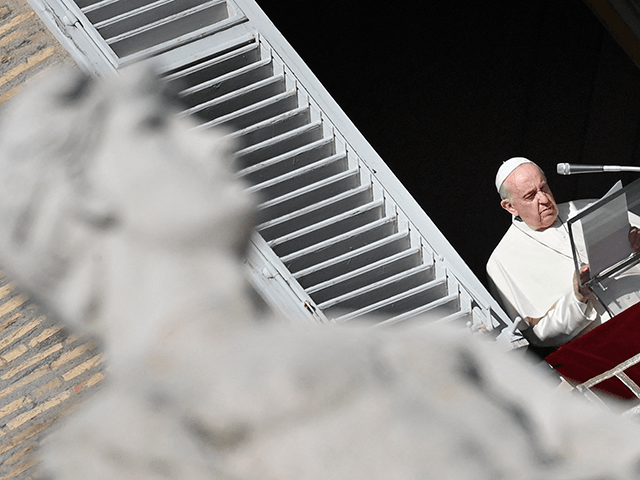ROME, Italy — Pope Francis closed a number of loopholes Saturday to lock in a prohibition of the traditional Latin Mass, which has been celebrated by Catholics for centuries.
Last July, Pope Francis cracked down on conservative Catholics by repealing inclusive measures by his predecessors Pope John Paul II and Pope Benedict XVI and imposing new restrictions on the Traditional Latin Mass.
In his ironically titled apostolic letter Traditionis Custodes (“Guardians of Tradition”), the pope banned the celebration of the Traditional Latin Mass — sometimes called the “Tridentine” Mass — in Catholic parishes and lifted existing accommodations to priests who wished to use the extraordinary form of the Catholic liturgy.
The letter reversed efforts to relax restrictions on the use of the traditional form by Pope Benedict XVI, who, in 2007, noted that many of the faithful had continued to be attached with “love and affection to the earlier liturgical forms which had deeply shaped their culture and spirit.”
In recognition of this diversity, Pope John Paul II sought greater inclusiveness by granting the faculty of using the older form and “exhorted bishops to make broad and generous use of this faculty on behalf of all the faithful who sought it,” Benedict wrote at the time.
On Saturday, the Vatican’s Congregation for Divine Worship and the Discipline of the Sacraments said it had received “several requests for clarification” on the correct application of the pope’s letter and proceeded to answer 11 of them in minute detail, under the direction of Pope Francis.
“It is sad to see how the deepest bond of unity, the sharing in the one Bread broken which is His Body offered so that all may be one, becomes a cause for division,” the notification reads in reference to the prior acceptance of a diversity of forms of worship.
“As pastors we must not lend ourselves to sterile polemics, capable only of creating division, in which the ritual itself is often exploited by ideological viewpoints,” it continues. “Rather, we are all called to rediscover the value of the liturgical reform by preserving the truth and beauty of the Rite that it has given us.”
In his 2007 relaxation of restrictions on use of the older rite, Pope Benedict XVI wrote that his efforts had been “opposed on account of two fears,” one of which was “the fear that the document detracts from the authority of the Second Vatican Council, one of whose essential decisions – the liturgical reform – is being called into question.”
“This fear is unfounded,” Benedict replied.
The second fear, he wrote, was that “the possibility of a wider use of the 1962 Missal would lead to disarray or even divisions within parish communities.”
“This fear also strikes me as quite unfounded,” he stated, noting that “the two Forms of the usage of the Roman Rite can be mutually enriching.”
In a statement that has been repeatedly cited on social media, Pope Benedict went on to declare:
What earlier generations held as sacred, remains sacred and great for us too, and it cannot be all of a sudden entirely forbidden or even considered harmful. It behooves all of us to preserve the riches which have developed in the Church’s faith and prayer, and to give them their proper place.
“The total exclusion of the new rite would not in fact be consistent with the recognition of its value and holiness,” he stated.

COMMENTS
Please let us know if you're having issues with commenting.